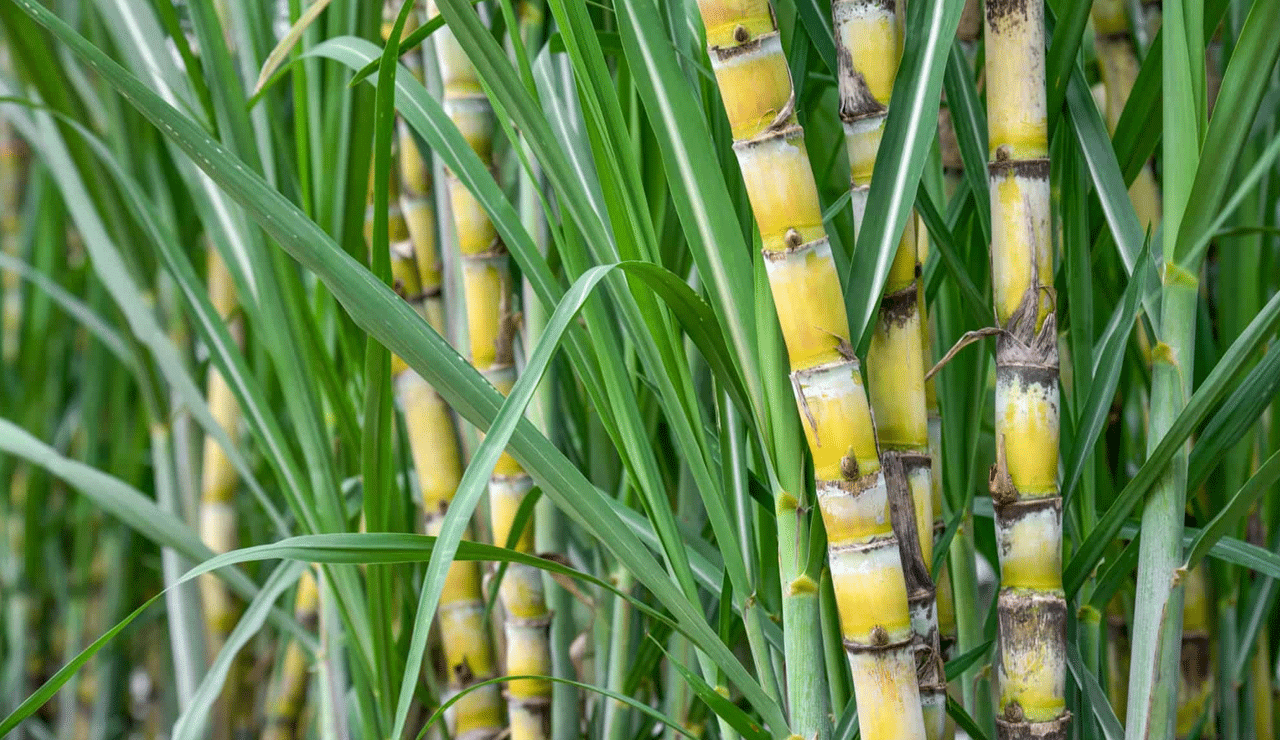Telangana’s Sugarcane Cultivation Hits Historic Low, Farmers Face Crisis
Sugarcane cultivation in Telangana has been steadily declining over recent years, alarming farmers and industry stakeholders.

Hyderabad: Sugarcane cultivation in Telangana has been steadily declining over recent years, alarming farmers and industry stakeholders. From covering over five lakh acres in 2019, the cultivation area has shrunk drastically to a record low of just 82,000 acres in 2025. This sharp decline has triggered concerns about the future of the sugar industry and the livelihoods of sugarcane-dependent farmers.
Table of Contents
Decline in Sugarcane Cultivation and Its Impact on the Sugar Industry
The drop in sugarcane farming area has severely affected sugar production and caused the closure of several sugar mills in Telangana. As of February 2025, two major sugar mills have stopped crushing operations, with only a few mills like Gayatri Sugars and Indira Sugars in Kamareddy remaining functional. The shutdown of key mills has forced many farmers to switch to alternate crops such as paddy and maize.
Also Read: Telangana’s Power Demand Surges: Is Hyderabad Ready for the Energy Challenge Ahead?
Reasons Behind the Decline: High Costs, Labor Shortage, and Lack of Support
The primary reasons for the decrease in sugarcane cultivation include rising input costs, labor shortages, and the closure of sugar mills. Farmers are burdened with stagnant Minimum Selling Prices (MSP) fixed at Rs 31 per kg despite increasing production costs and a Fair and Remunerative Price (FRP) of Rs 3,400 per tonne. Additionally, sugarcane, being an irrigation-intensive crop, is suffering from inadequate irrigation facilities, worsening the situation for cultivators.
Government Efforts and Challenges in Reviving Sugarcane Farming
The Telangana government has announced plans to revive sugarcane cultivation, particularly in districts like Nizamabad, Medak, and Karimnagar. Measures include subsidies, interest-free loans, promotion of high-yielding cane varieties, and setting up committees to study the restoration of sugar mills like the Nizamabad Sugar Factory. However, implementation remains slow, and farmers demand more substantial support and policy reforms to make sugarcane farming viable again.
Lower Sugar Recovery Rates and Production Concerns
Telangana’s sugar recovery rate stands at 9.5-10%, comparable to the national average but significantly lower than the global standard of 13-14%. This low recovery limits production efficiency and output. As a result, sugar production has fallen from 22.76 lakh tonnes in 2019 to much lower levels in recent years, reducing Telangana’s contribution to India’s overall sugar output.
Possible Incentives and Future Outlook
To support farmers, the government is reportedly considering granting a nominal bonus of up to Rs 500 per tonne of sugarcane. However, experts and farmers question whether such incentives will be sufficient to revive the crop and restore the sugar industry in Telangana. Without effective intervention, the decline in sugarcane cultivation and sugar production is expected to continue, posing risks to the agricultural economy and rural livelihoods.

